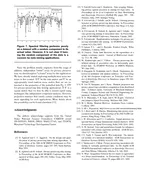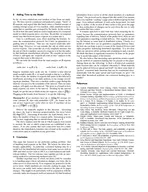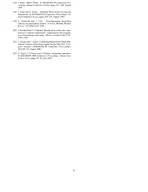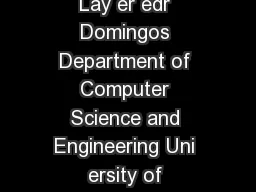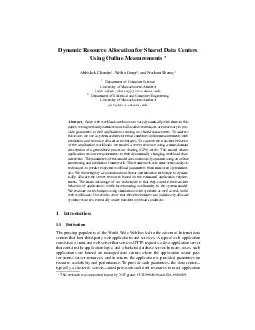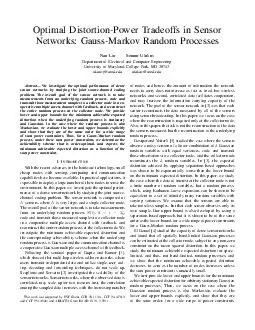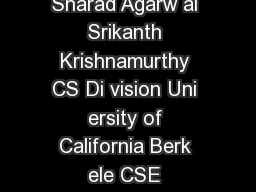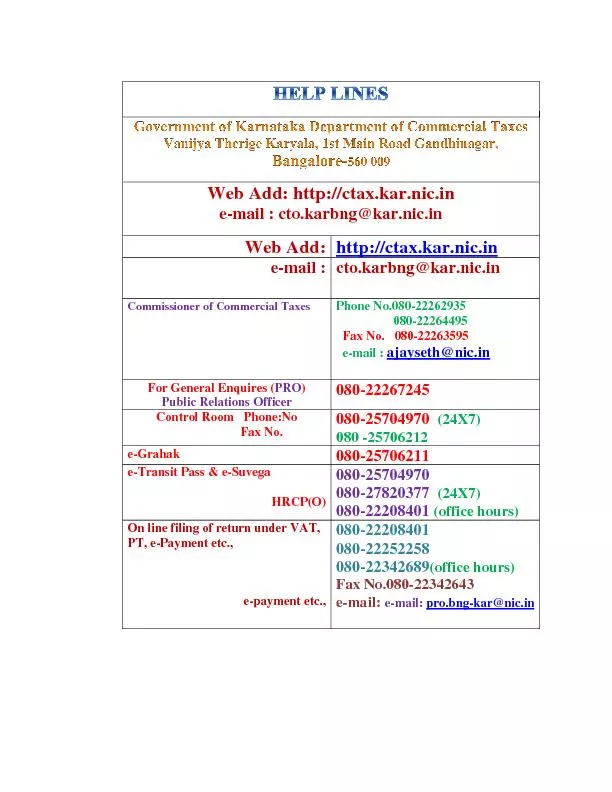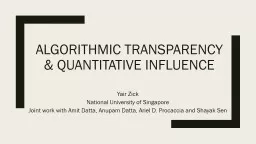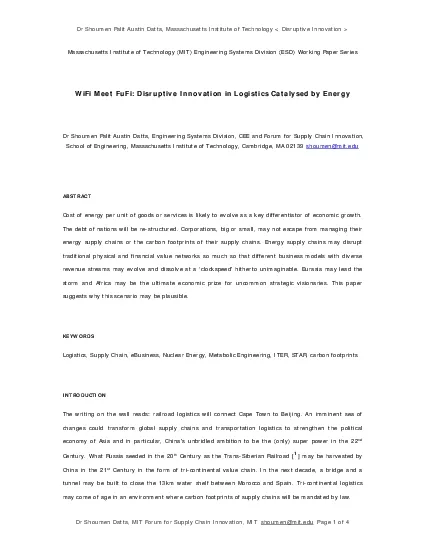PDF-On the Pri acy Pr eser ving Pr operties of Random Data erturbation echniques Hillol Kar
Author : cheryl-pisano | Published Date : 2014-12-19
umbcedu Qi ang and Krishnamoorthy Si akumar School of Electrical Engineering and Computer Science ashington State Uni ersity Pullman ashington 991642752 USA qw ang
Presentation Embed Code
Download Presentation
Download Presentation The PPT/PDF document "On the Pri acy Pr eser ving Pr operties ..." is the property of its rightful owner. Permission is granted to download and print the materials on this website for personal, non-commercial use only, and to display it on your personal computer provided you do not modify the materials and that you retain all copyright notices contained in the materials. By downloading content from our website, you accept the terms of this agreement.
On the Pri acy Pr eser ving Pr operties of Random Data erturbation echniques Hillol Kar: Transcript
Download Rules Of Document
"On the Pri acy Pr eser ving Pr operties of Random Data erturbation echniques Hillol Kar"The content belongs to its owner. You may download and print it for personal use, without modification, and keep all copyright notices. By downloading, you agree to these terms.
Related Documents

